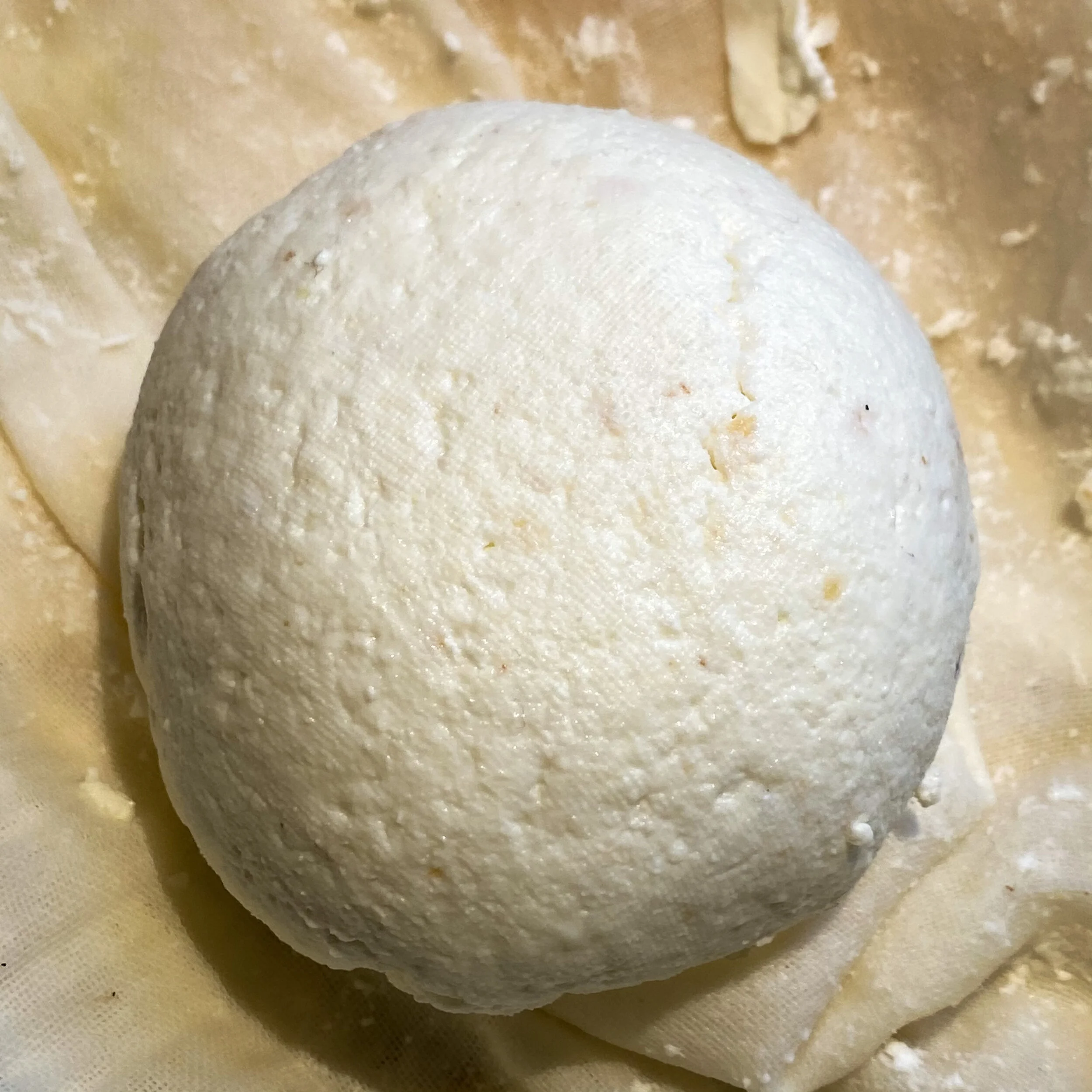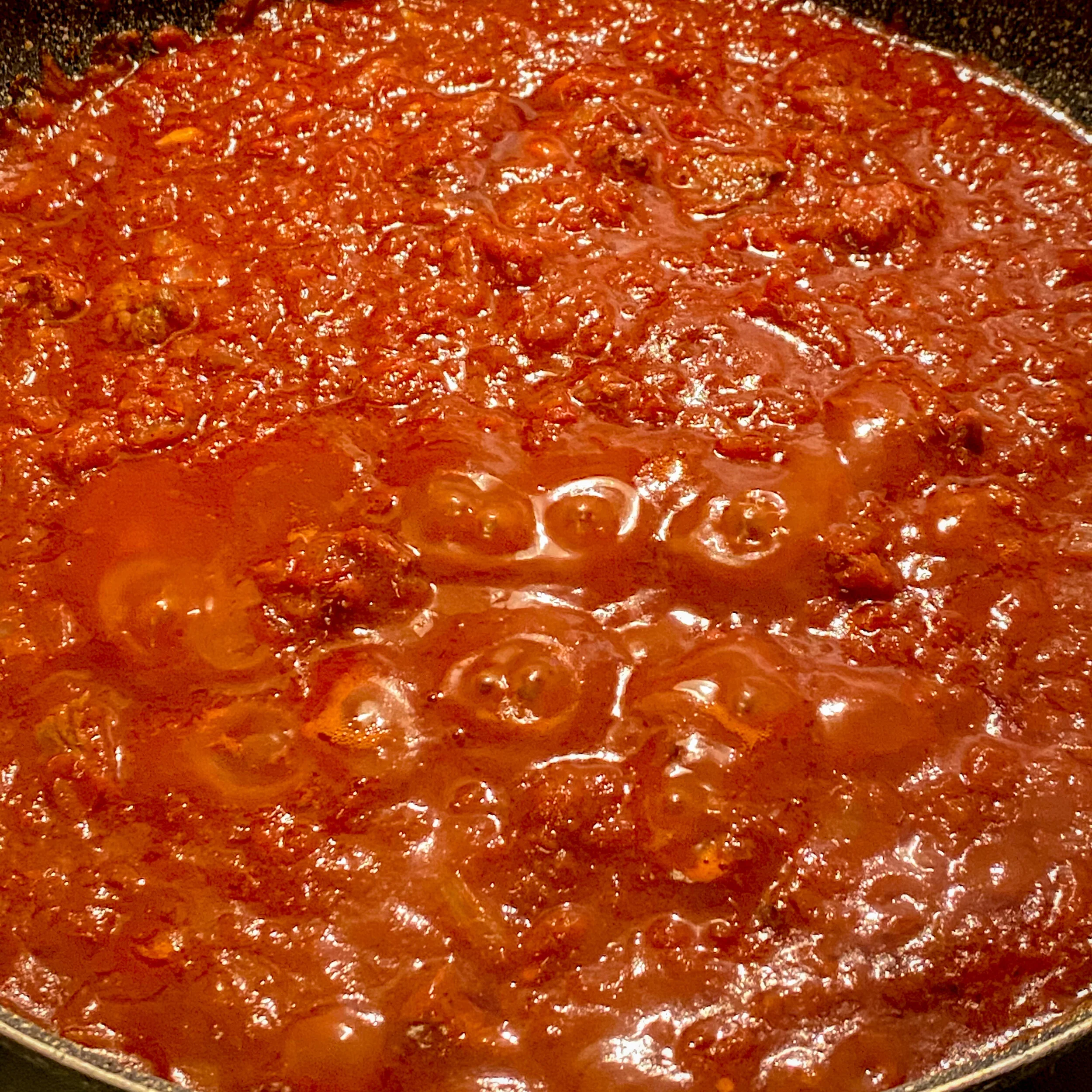Several years ago, I was in Trieste for an event showcasing Ethiopian culture. The highlight for me, however, was the invitation to a private, informal dinner prepared by a group of professors who were in from Addis Ababa. Even better, they allowed me into the kitchen to watch them cook.
The dinner was intended to respectfully reflect the influence that Italian foodways had exerted on Ethiopian cuisine. Knowing the history of how that influence came about, I was surprised that any such ties hadn’t been rejected outright, given the grim chapter that unfolded in Ethiopia’s history when the country was invaded by Italy in 1935.
At that time, Italy already had large colonial holdings in Northeast Africa, but in an effort to buttress his ambitions to create the New Roman Empire, Mussolini plotted to expand that dominion to include Ethiopia, or Abyssinia as it was called, to form Italian East Africa, adding it to Italian Libya, Somalia and Eritrea While their advance was not without local support, the general population retaliated fiercely. The emperor, Haile Selassie, appealed to the League of Nations for assistance, but, in 1936, The Empire of Italian Ethiopia was proclaimed and Selassie was forced to flee. Although the country was liberated in 1941 owing to the East Africa Campaign waged by the Allies during WWII, formal recognition of Ethiopian independence from Italian rule did not materialize until 1947.
Stripped of its colonial connotations, pasta has become an integral part of Ethiopian cuisine and is eaten routinely, not as an ethnic or foreign food, but standard fare, albeit by those of relative means. There are currently twenty pasta companies in Ethiopia, the third largest country in Africa with a population of over 94 million. Predictions are that as urban areas grow, pasta will begin replacing the traditional staple, injera, as it is cheap, easy to prepare, and more convenient for rapid-paced lifestyles. The main obstacle to success is that most of the pasta produced in Ethiopia is made with soft wheat, which renders a low-quality product. But thanks to an Ethio-Italian cooperative, the durum wheat yield has increased to more than 30 times what it was ten years ago, and the future looks hopeful for the Ethiopian pasta industry.
Pasta Strampelli - What’s in a name?
For the re-creation of the recipe I had learned in Trieste, I decided to try a pasta brand that has only recently appeared on the market, because, despite the novelty, it is heavy with historical significance. The pasta made by Pastificio Strampelli (spaghetti, rigatoni, and bucatini) is one of twenty-two foods items that has received the official “De.Co” stamp of approval from the municipality of Amatrice, an award reserved for foods representing local traditions and the culinary culture of the town. Amatrice, you may recall, suffered a devastating earthquake in 2017 that all but decimated the town. Valorizing foods through certification of this type does much to bolster pride and put a location and its people on the map, as it were. I was struck by the pastificio’s namesake, Strampelli, as it is embedded in a past that is not unrelated to the topic at hand.
Nazareno Strampelli (1866-1942) was an Italian agronomist/geneticist, the Gregor Mendel of wheat breeding. It was Strampelli who had given birth to the cultivar, Senatore Cappelli, in 1915, a durum wheat hybrid derived from a North African varietal. SC would remain the dominant choice for cultivation in Italy until the 1960s, and, interestingly, is currently experiencing a revival as an “ancient grain.” Given his expertise, Strampelli was put in charge of the Fascist Party’s most important propaganda program, The Battle for Wheat, whose aim was to guarantee white bread for all Italians, while at the same time render Italy self-sufficient - hence free to carry out the national agenda as laid out by the regime. For his diligence and dedication in developing what were termed “the grains of victory” Strampelli was awarded an honorary senatorship in 1929.
In the end, Italy simply did not have enough arable land to grow the quantity of grain necessary to achieve autonomy. As such, the hope was that North Africa would become their breadbasket - another objective that would never come to fruition.
Pasta, Politics, and Power -
A cautionary tale…
Italy’s colonial past has echoed into recent events. Two months ago, Laura Boldrini, a left wing deputy in the Partito Democratico, launched a social media attack against the industrial pasta company La Molisana. Here’s the point of contention: In an effort to valorize the history and tradition of pasta, La Molisana marketers had added a blurb on the back of the package of the form called abissine rigate - ribbed Abyssinians (abroad, the same pasta is simply called “shells”). The description tells the history of how several new shapes were introduced in the 1930s which celebrated Italian colonialism: Tripoline, Bengasine (Libya), Assabesi (Eritrea), and Abissine (Etiopia). These names were not exclusive to La Molisana. The blurb postulates further that this might have been sociologically savvy, as pasta is something that brings people together for a cause, quoting the 19th century Roman poet Trilussa who said, “as soon as mamma tells us that the spaghetti is done, we all agree on the same plan of action.” The names did indeed stir up nationalistic pride at a momentous point in history. Clumsily, however, the text goes on to state that the pasta had “a definite lictorian flavor” - meaning fascist - then, the nail in the coffin, “and colonial taste,” whatever that is.
The momentum against La Molisana grew to a fever pitch in the shoot-from-the-hip style that has become a characteristic feature of social media groupthink. In short order, La Molisana issued a formal apology and the name was changed to conchiglie rigate - ribbed shells.
However well-intentioned they may have been, the herd lunged before investigating, simply spewing reactions on impulse without due process. Had they done their homework, they would have discovered that there are many other pasta names with politically unsavory connotations - like mafalde, for example, named after a member of the House of Savoy, the Italian royal family that lived in exile from 1947-2002. It was a complex topic worthy of intelligent debate, but the attack resulted in a divisive chain reaction of hysteria, which unduly damaged the name of a decent brand of pasta and failed to set a precedence for how Italy might deal with what is the equivalent to removing monuments built in honor of controversial figures.
This lack of foresight gave Italy’s far right an open field for target practice. A blogger, whose byline is “Fighting to take back sovereignty for the Italian people” led the pack and swiftly crafted a wrecking ball counterattack against Boldrini, progressives in general, and, for good measure, immigrants. The comeback (below) went viral receiving overwhelming approval from the La Lega Salvini.
Let’s repair to the recipe, shall we?
ETHIOPIAN-STYLE SPAGHETTI AND SPICY MEAT SAUCE
In order to more fully appreciate the experience of preparing this dish I replicated it in detail, but I have also given time-saving suggestions that will not impact too heavily on the outcome.
There are three initial preparatory steps which take time but are not too laborious.
Prep 1 - Nit’ir qibe (substitutes: paneer, ricotta, or cottage cheese)
Bring 2 liters of whole fresh milk and 1 tsp salt to a boil. Off heat, add the juice of one lemon. Allow it 10 minutes to cool and curdle. Strain into a piece of cheesecloth and drain until moderately compact.
Prep 2 - Ethiopian spiced butter (substitute: clarified butter or ghee)
Ingredients:
250g unsalted butter, 2cm ginger, 1 sm red onion, 4 cloves garlic
spices: 1 tsp each: fenugreek seeds, black cardamon seeds (not the green pods), origano, dried basil, black pepper, 5 cloves, 1/2 tsp turmeric, 2 inches cinnamon bark
Process the ginger, onion and garlic until finely chopped. Roughly crush the spices. In a small pan melt the butter with the other ingredients on low and leave to cook and foam for 25-30 minutes, but do not let it brown. Drain it with a filter into a small container. The taste is very subtle.
Prep 3 - Berbere spice mix (substitute: commercially prepared Berbere spice mix)
1/2 tsp fenugreek seeds, 1 tsp black peppercorns, 1 tbsp whole bird’s eye chilis, 1/2 tsp black cardamon seeds (not from green pods), 1 tsp corriander seeds, 10 allspice berries, 1/4 tsp chunk nutmeg, 1/2 stick cinnamon, 4 cloves - grind all to a powder
add to: 1 tbsp Hungarian paprika, 1 tbsp smoked paprika, 1 tsp ground ginger
This will make more than you need for the recipe.
[Putting it together]
For 5
50g spiced butter
300g onions, finely chopped
450g beef cut into 1cm cubes
3 garlic cloves, finely chopped
400g tomato pureé (or passata) - Mutti recommended
4 tbsp tomato paste
1 tsp salt
3 tbsp berbere spice
300g nit’ir qibe - fresh cheese
500g spaghetti
INSTRUCTIONS:
Melt the butter in a large skillet. Add the onions and sauté until soft and starting to brown. Add the rest of the ingredients, except the cheese and spaghetti, plus 1/2 cup of water. Cover and simmer for 45-60 minutes. Add more water as needed.
When the sauce is finished, and the meat is tender, cook the spaghetti in salted water until it is not quite al dente.
TO PLATE:
Method 1 - remove the meat from the sauce with a strainer (you don’t have to be meticulous, just fish out the meat) and set aside. Strain the not fully cooked spaghetti and add it to the sauce in the skillet; add a ladleful of water from the pasta pot and finish cooking. Plate the spaghetti, top with the meat sauce and crumble cheese on top.
Method 2 - Strain the not fully cooked pasta into the skillet with the meat sauce; add a ladleful of water from the pasta pot to finish cooking. Plate and serve with cheese crumbled on top.
You can find a brief video on my Instagram account @historicalitalianfood of the recipe procedure.
Buon appetito




















